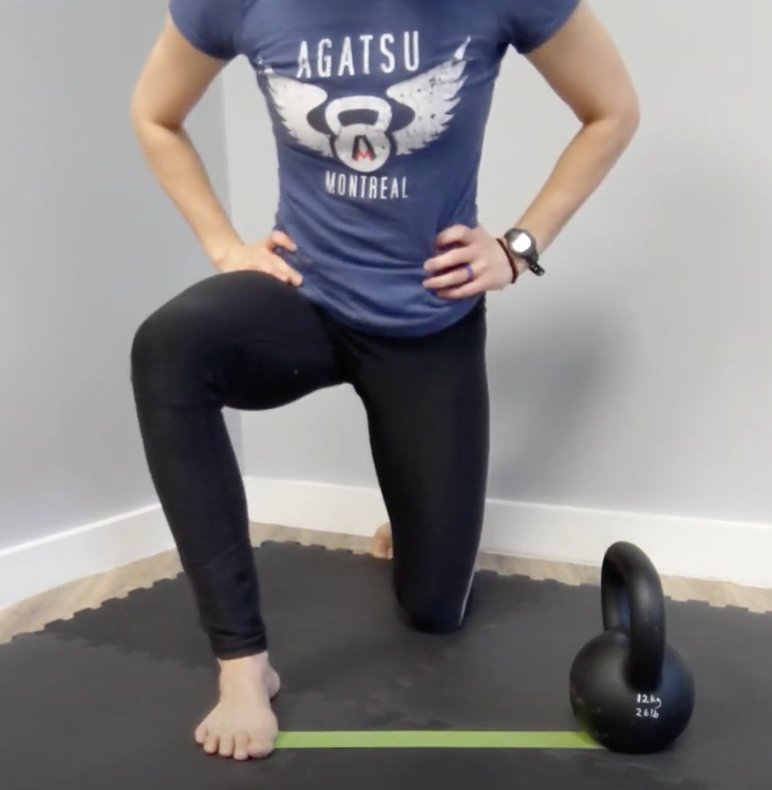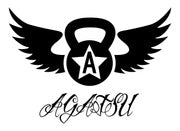
Practice To Prefect Your Feet
Having looked more closely at the foot structure, common mobility restrictions and how they might influence function up the kinetic chain, let’s round out our month of exploring feet with some application of what we’ve learned.
What can we do with this information?
1-Start With Regular Joint Mobility Checks.
Begin at the toes, moving up through each joint. (You can also go top-down—either is fine. The important thing is to be methodical.) This is one of the most important steps; just by paying more attention to your feet, you will change your relationship with them. You will be more attentive to early signals, rather than getting better at ignoring them.
2-Prime Your Feet to Supercharge Your Training
Let’s go back to the tripod. While working through your standing joint prep drills, find your tripod and try to keep it connected. Draw up your medial arch, soften the toe-grip, spread the forefoot, connect the outer edge of the foot to the ground, and return to the center of the heel. Soften around the knee joints and notice how these shifts help you find your 3 Point Stack (we discuss these concepts in the Movement and Mobility Certification).
Follow Along With These Exercises
Knee Figure 8 Drill: This drill focuses on finding an ideal position for your knee with your foot connected to the ground
When you move to a plank or quadrupedal position, notice how you initially connect with the floor. Then work those toes into extension so you can use them WITH the entire ball of the foot to support the rest of the lower body. If you struggle to get the ball of the foot on the floor in 4-point or plank, spend a little more time on the toes and bottom of the foot to edge closer to improving that connection. It will improve with steady attention.
Tripod Twist: practice this technique to get your Tripod
When working on positions like crab or bridge (variations), since the sole of the foot is in contact with the ground, it still influences the connections up the kinetic chain (to the knee and hip). Find your tripod here!
There’s a common thread, here. Any position that involves a connection through your foot will be stronger when you are intentional about how it’s connected. From lunges, two-leg support drills (like deadlifts, kettlebell/club/mace work) to single leg support, and jumping, slow the movement down initially or reduce the load to prime your feet.
FHB (Flexor Hallucis Brevis) Connection with Loop: This drill targets the connection with the base of the first toe, commonly lost as we shift to avoid losing balance or as turning out to compensate for mobility restrictions
What About Shoes?
Shopping for shoes can be overwhelming. We have so many options now, from athletic sneakers (and here, we have neutral/stability/motion control/minimalist) with ranges from walking and running to court sneakers and cleats, to boots and dress shoes. These different styles claim to cater to particular movements and foot shapes. Then, there are different types of insoles and orthotic inserts to further customize the fit.
Some things to consider when choosing shoes:
Your shoes should feel comfortable- avoid shoes with a tight toe-box and those that don’t bend where your foot bends. Your shoes shouldn’t rub excessively on your heel or fit so loosely that your foot slides around. Many shoes have extra lace eyelets that give you options for adjusting your laces for a better fit.
Your shoes should have some torque- take both ends of the shoe and twist it. A stiff shoe will not allow the foot to move naturally.
Be sure your foot fits- if you choose to add inserts, test the shoe with the insert, and move in the way you plan to move with the shoe on. Often, we simply put a shoe on and walk around the shop before purchasing (unless shopping online). If possible, purchase shoes from sellers that offer 2-3 months to test them with the option to return them. While testing shoes, feel for any areas that aren’t comfortable or cause you to move in unusual patterns.
Check older shoes for uneven wear and tear-look for frayed heels and soles, crushed heel supports, and worn insoles. Old and worn-out shoes can contribute to poor mechanics, particularly for athletes. The location of wear and tear can also provide important clues for where you need to improve your strength, mobility, and/or stability.
Convenience and aesthetics aren’t everything- If you are choosing shoes based on how easy they are to don and doff, they might not be giving you the support you need (if you need it). If you are choosing shoes based on appearance and brand, they might not be the best shoes for your foot and your activities. Physical therapy might be more costly and time consuming than those shoes you had to wear
Lastly, consider that your body is always changing. Your needs change. Shoes that “have always” been good for you, might not currently be good for you. The same is true with inserts and orthotics.

If you feel that you need guidance, ask for help. We offer in-person and virtual consultations. Contact sarah@agatsunc.com

Leave a comment